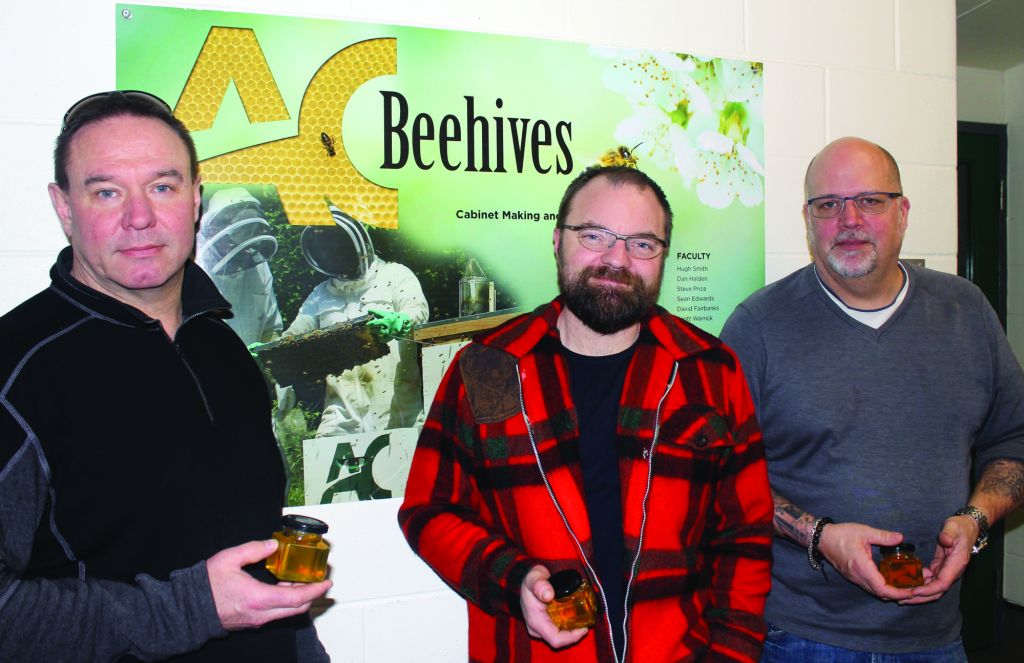Algonquin’s bees may be asleep, but there are people awake studying their every move.
In August 2016, the college received two beehives for the culinary program to work with directly. Since then, there have been an additional two brought to campus.
For the winter months the 25,000 to 50,000 Italian bees, per hive, go into hibernation. This means they are not active right now. As for now, until the bees awake their slumber, the hives are used for research purposes.
Although there has not yet been any student involvement, the time is coming. In the spring and summer months of this year, students will be given the opportunity to work with the bees. The bees will be introduced to students as a way to sustainably work with their own products.
“I think it was the right thing to do,” said David Fairbanks, culinary arts professor. “For the students to have a relationship with what they’re making and working with, is awesome.”
Students will extract the honey themselves and be able to taste the difference in raw honey. They will know overall how the bees are producing, how much honey is being produced and their populations.
The hives are currently maintained by the “bee guys,” Fairbanks and fellow culinary arts professors Daniel Halden, Steve Price, Scott Warrick and Sean Edwards.
The hives are being monitored and will continue to be as they are used for research. They will be set to different temperatures inside to see which one makes more/better honey. According to Fairbanks, there is also talk of working to digitalize the hives. The goal is to include cameras in the hives for live footage to help students better understand.
Fairbanks says he cannot see the use of bee hives for the culinary program stopping anytime soon. “We actually want to begin to grow to six hives,” he said. “That way we can experiment with different hive designs.”


